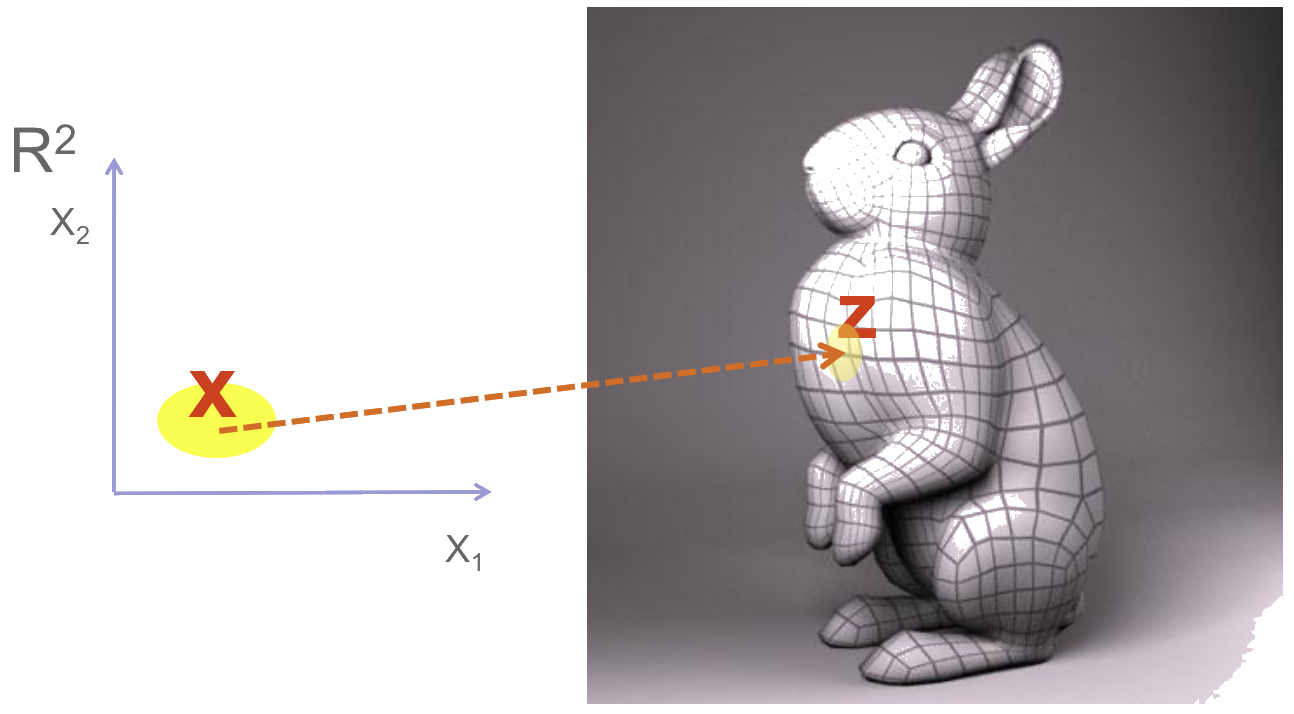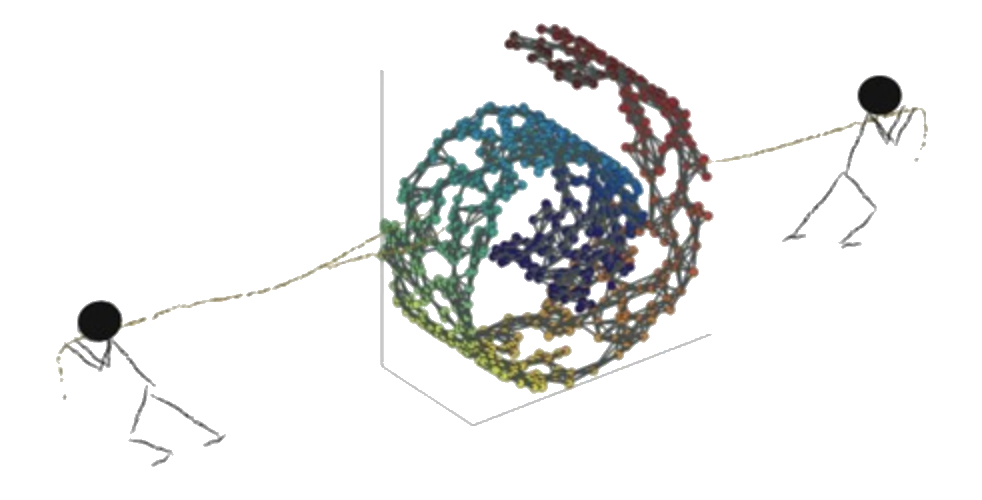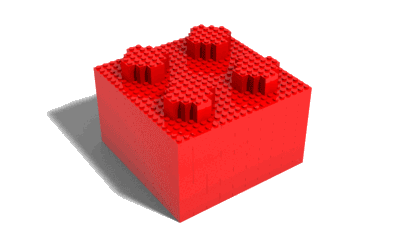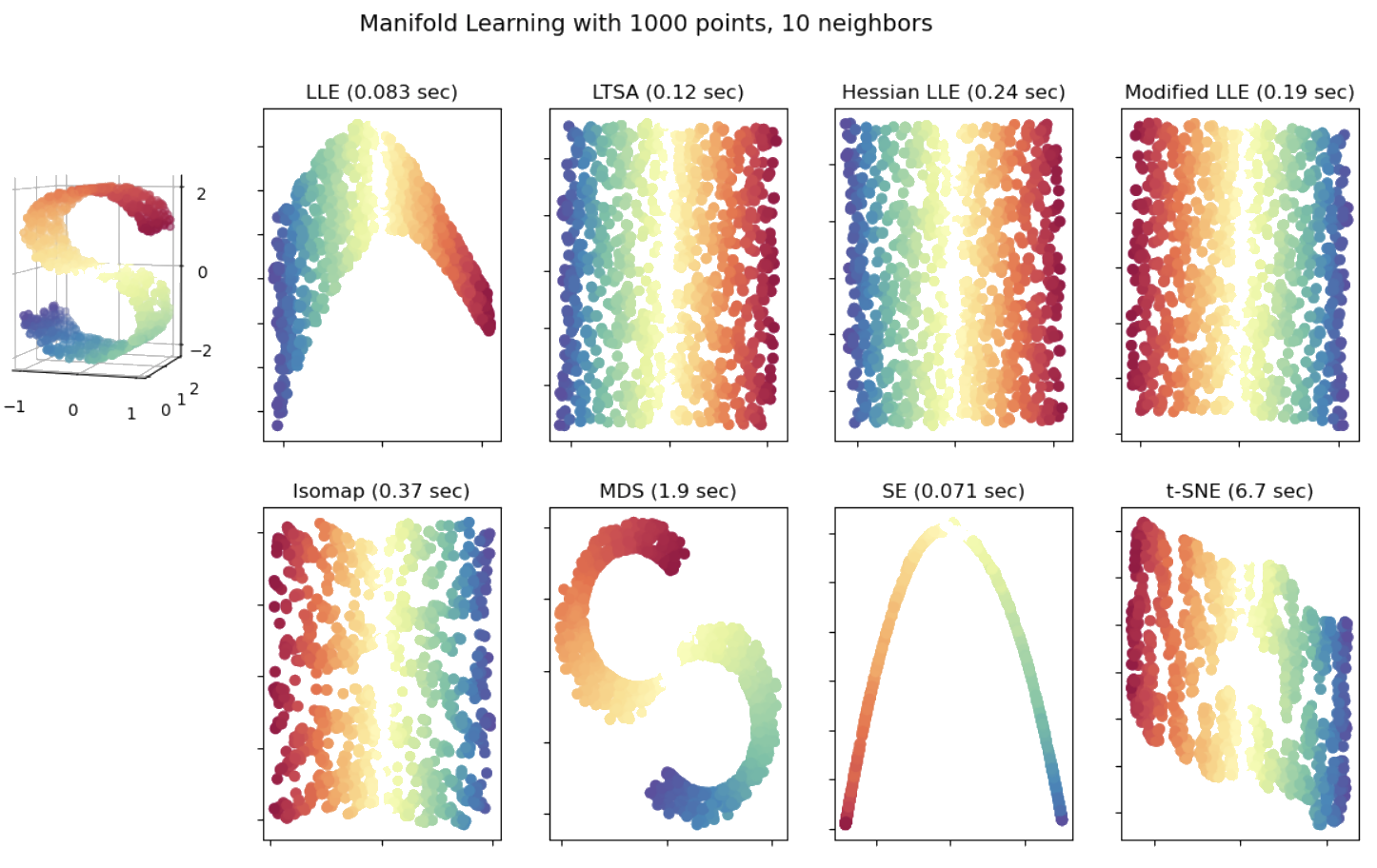Advanced Machine Learning
19: Manifold Learning
Outline for the lecture
- Motivation
- Multidimensional Scaling
- LLE
- IsoMap
- t-SNE
- Random Projections
Motivation
Data is inherently low dimensional
millions of dimensions
millions of inputs
Exploratory data analysis
- Find hidden low dimensional structure in the data
- Low dimensional representation for visualization
plot your data
Manifolds
Informally: any object nearly flat on small scales


Manifold learning

local mapping
Manifold learning Algorithms
- PCA (1901)
- Multi-dimensional Scaling (1952)
- Sammon mapping (1969)
- Maximum Variance Unfolding
- Locally Linear Embedding (2000)
- Isomap (2000)
- Laplacian Eigenmaps (2003)
- t-distributed Stochastic Neighbor Embedding (tSNE)
- Random Projections
- many more
Let's see how they work

Under construction starting here

Multidimensional Scaling
IsoMap
Locally Linear Embedding
t-SNE
Algorithms compared on Swiss Roll

Random Projections
Johnson-Lindenstrauss Theorem
Key Idea: Random projections can approximately preserve distances between points in high-dimensional space when mapped to a lower-dimensional space.
Theorem Statement
For any 0 < ε < 1 and any set of n points in ℝd, there exists a linear map f: ℝd → ℝk, where:
k = O(log(n) / ε2)such that for all points u and v:
(1 - ε) ||u - v||2 ≤ ||f(u) - f(v)||2 ≤ (1 + ε) ||u - v||2
Implications
- Enables dimensionality reduction while preserving approximate distances.
- Useful for high-dimensional data analysis and machine learning.
- Key technique for manifold learning and embedding methods.
